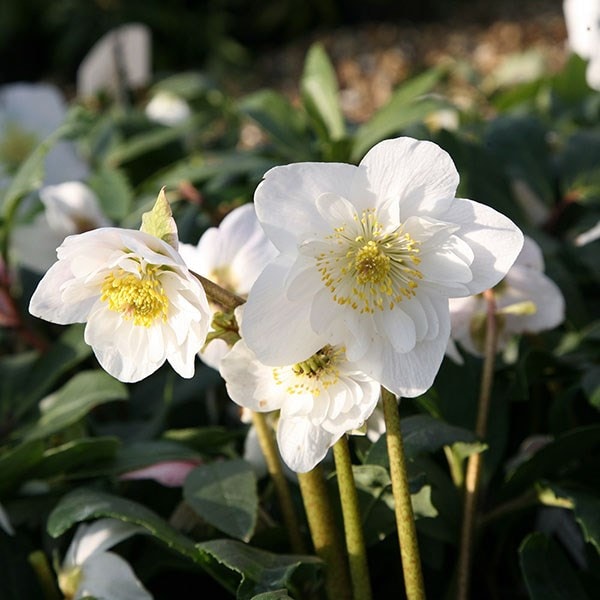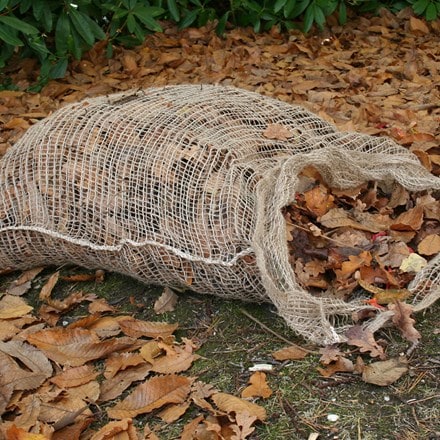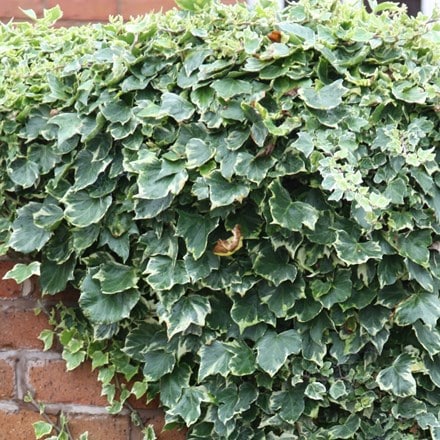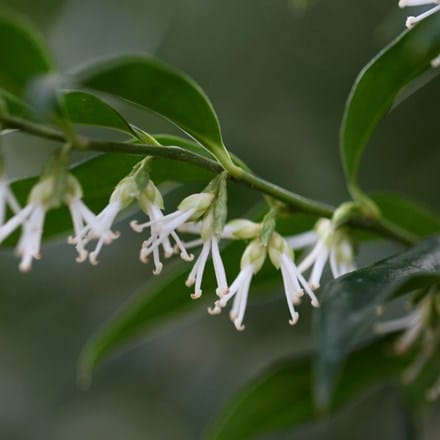Helleborus niger Harvington hybrids double-flowered
Christmas rose hellebore
Gorgeous, double white, bowl-shaped flowers from January to February (occasionally earlier) and clumps of leathery, dark green leaves....
GOES WELL WITH
Woodland
A sanctuary of peace and tranquillity with an overwhelming sense of calm, a woodland garden is an ideal place to get away from it all with natural shade and privacy. Based on a simple grouping of trees or even a single, multi-stemmed specimen, a woodland-
Read full articleWinter containers
When the days are at their shortest and the sun is sinking lower day by day a winter container can help to improve your fading garden and raise your spirits. Place it by the main door, or in another prominent but sheltered place, and it will be a beacon o
Read full articleHeavenly helleborus
Once March arrives spring is definitely on the horizon and the gardener begins to stir, along with the bees and birds. There’s literally a buzz in the air and the earliest bees to arrive are often buff-tailed bumblebee queens (Bombus terrestris) fresh out
Read full article







